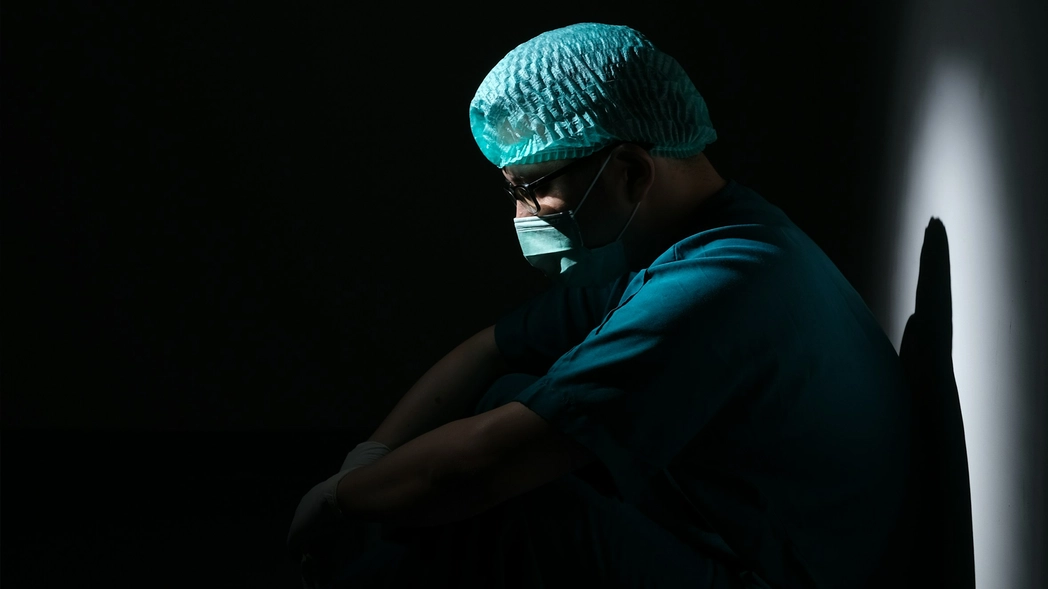The human oral microbiome is one of the most biodiverse "habitats" on Earth, with more than 700 different bacteria, viruses, and fungi species. All these microorganisms live in biofilms on humans' gums and teeth—they cooperate, compete, and casually coexist on relatively small but highly diverse surfaces.
Such phenomena are fascinating, but some particular cases are intriguing, such as Corynebacterium matruchotii (its colony presented on the cover)—one of the most common inhabitants of the oral ecosystem. It has a very rare mechanism of multiplying, allowing it to split into 14 different cells at once (instead of the usual two), and a couple of other unusual features.
Scientists from the Marine Biological Laboratory and the American Dental Association Forsyth Institute carefully researched this bacteria and its role (which turned out to be fundamental) in the oral microbiome.
Let's take a look at their findings.
Extraordinary division
Mitosis is the most common division type in nature, during which cells split themselves into two parts that then grow into two new copies. Instead of this, C. matruchotii divides into multiple cells (up to 14), depending on the mother cell's size.

This phenomenon – called multiple fusion – allows the bacteria to extensively spread on tooth plaque across all oral cavities.
Features of structure
C. matruchotii – are big elongated-shaped microorganisms that bind to each other and form some kind of scaffolding, creating a living space for other bacteria species.

Scientists from the research team poetically described C. matruchotii as trees in the forest that let other creatures live under their crowns. It makes sense, considering these bacteria have no flagella – an organelle that allows microbes to move.

Thus, C. matruchotii has multiplied division and extensive growth capabilities (about 0.5 mm per day), making it, in some sense, the static foundation of dental plaque.
Scott Chimileski – a leading scientist in the study – said: "These biofilms are like microscopic rainforests. The bacteria in these biofilms interact as they grow and divide. We think that the unusual C. matruchotii cell cycle enables this species to form these very dense networks at the core of the biofilm."
Research Details
This paper continues a research program focused on the oral microbiome, aiming to increase our knowledge about how it works: functions of particular bacteria, how they interact with neighbors, and most importantly – how they affect human health.

To find it out, scientists researched samples of human biofilm and cultivated representatives of the oral microbiome using a special visual imaging technique - CLASI-FISH. They already used this technology in the previous study during the mapping of the human oral microbiome (We reported this paper on our LinkedIn). Also, scientists used a timelapse approach to research bacteria's activities and habits more naturally.





